Turbine Characteristics
• Torque and RPM are inversely proportional (i.e. as RPM increases,
torque decreases and vice versa).
• RPM is directly proportional to flow rate (at a constant torque).
• Torque is a function of flow rate, mud density, blade angle and the
number of stages, and varies if weight-on-bit varies.
• Optimum power output takes place when thrust bearings are balanced.
• Changing the flow rate causes the characteristic curve to shift.
• Off bottom, the turbine RPM will reach “run away speed” and torque
is zero.
• On bottom, and just at stall, the turbine achieves maximum torque and
RPM is zero.
• Optimum performance is at half the stall torque and at half the
runaway speed, the turbine then achieves maximum horsepower.
• A stabilized turbine used in tangent sections will normally cause the
hole to “walk” to the left.
• Torque and RPM are inversely proportional (i.e. as RPM increases,
torque decreases and vice versa).
• RPM is directly proportional to flow rate (at a constant torque).
• Torque is a function of flow rate, mud density, blade angle and the
number of stages, and varies if weight-on-bit varies.
• Optimum power output takes place when thrust bearings are balanced.
• Changing the flow rate causes the characteristic curve to shift.
• Off bottom, the turbine RPM will reach “run away speed” and torque
is zero.
• On bottom, and just at stall, the turbine achieves maximum torque and
RPM is zero.
• Optimum performance is at half the stall torque and at half the
runaway speed, the turbine then achieves maximum horsepower.
• A stabilized turbine used in tangent sections will normally cause the
hole to “walk” to the left.
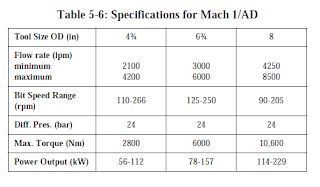





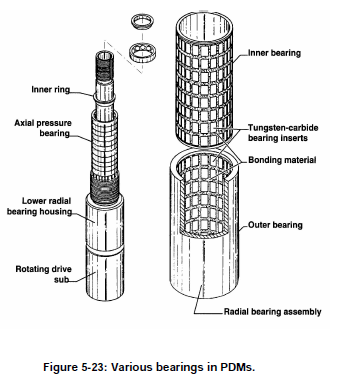
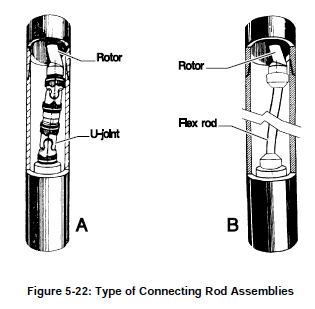


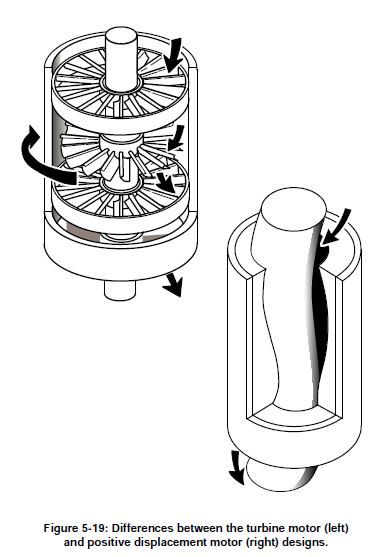




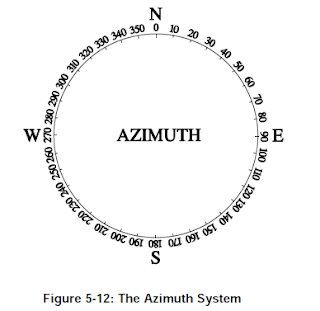






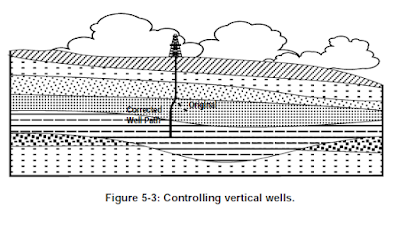




 This course is ideal for a person who is interested in a professional career in the energy and hydrocarbon industry. It is also suitable as a means of career enhancement for those already working in the industry. It is designed to benefit students from a range of technical, non-technical and commercial backgrounds. The course provides an understanding of the processes, drivers, threats and opportunities related to the management of the energy and hydrocarbon industry in the 21st century. It adopts a multidisciplinary approach, incorporating modules from various specialist areas including petroleum contracts and economics, project management, renewable energy, risk management, environmental management, strategic and human resource management.
This course is ideal for a person who is interested in a professional career in the energy and hydrocarbon industry. It is also suitable as a means of career enhancement for those already working in the industry. It is designed to benefit students from a range of technical, non-technical and commercial backgrounds. The course provides an understanding of the processes, drivers, threats and opportunities related to the management of the energy and hydrocarbon industry in the 21st century. It adopts a multidisciplinary approach, incorporating modules from various specialist areas including petroleum contracts and economics, project management, renewable energy, risk management, environmental management, strategic and human resource management.





